RIVERSIDE, Calif. – International scholars will gather Dec. 12-13 for a conference about the history of the body and medicine in illustrated books from the 15th to the 18th century at the Huntington Library, Art Collections and Botanical Gardens in San Marino. The conference is organized by Jeanette Kohl, associate professor of art history at the University of California, Riverside.
|
Dec. 12-13 event at Huntington Library to examine knowledge represented in centuries-old illustrated medical treatises
RIVERSIDE, Calif. – International scholars will gather Dec. 12-13 for a conference about the history of the body and medicine in illustrated books from the 15th to the 18th century at the Huntington Library, Art Collections and Botanical Gardens in San Marino. The conference is organized by Jeanette Kohl, associate professor of art history at the University of California, Riverside.
2 Comments
2014 is also the year we commemorate the Great War. In their most recent article Maurits Biesbrouck and Omer Steeno link both, looking for the origins of the copy of the Fabrica that was lost, together with thousands of other books and manuscipts, in the fire of the library of Leuven.
_Dans le cadre des 40 ans de l’implantation de l’UCL sur le site de Woluwe-Saint-Lambert, et du 500e anniversaire de la naissance d’André Vésale, UCL Culture vous convie la conférence "Vésale : premier explorateur du corps humain. La transgression en médecine." le 2 décembre.
Prof. Efrain Miranda's great website Clinical Anatomy Associates Inc
If you came to this article directly, you should probably start reading the first one here: "The landscape panorama of Vesalius' muscle men (1)", then come back. I had always looked at these panorama images as only one, the one that is formed by the anterior views (and one lateral view) of the muscle men plates which I shared with you in the first article. In fact the image in the first article I made many years ago using digital images I have of Vesalius' Fabrica. It was not only until today, when I received an interesting BBC article sent to me by my friend Pascale Pollier that I looked at the panorama formed by the posterior view images of the muscle men. After some work with these images I made the image shown here. If anything this panorama is even better! In the enlarged version that appears when you click on the image on this article you can see how some houses' roofing and arches are shared between plates. Towards the right side of this panorama you can clearly see a meandering stream that passes through several plates. Another incredible fact of this masterpiece by Andrea Vesalius. Published on Monday, 27 January 2014 07:00 | |
Philippo Verheyen (1648 – 1710). Flemish physician and anatomist, Philipo (Philip) Verheyen was born in the city of Verrebroek in Belgium, worked as a farmer in his early years and was probably expected to be a farmer for the rest of his life. The local Catholic parish pastor Johannes Jaspars, recognizing his intelligence, started teaching him Latin and letters with the intention of having Philip become a priest. In 1672, he was sent to the Trinity College in Leuven where he started his studies in arts and later in theology. He continued his studies in Theology at the Collegium Sancti Spiritus (College of the Holy Spirit). During the latter part of his studies Verhayen was already wearing a priest’s collar. In 1675 Verheyen suffered an injury that lead to gangrene and eventual amputation of his left leg. This injury prevented him from taking his final vows as a priest. Verheyen enrolled at the University of Leuven College Of Medicine where after 3 years he became a physician. Unhappy with his mostly theoretical medical knowledge Verhayen moved to Leyden to continue his studies with Frederick Ryus and others. Washington University in St. Louis and Saint Louis University are hosting a symposium to celebrate the life and work of Andreas Vesalius from February 26-28th, 2015. This interdisciplinary symposium will celebrate the 500-year anniversary of the birth of Andreas Vesalius (1514-1564), founder of the study of modern human anatomy. Saint Louis University and Washington University will jointly host three days of events especially inspired by the landmark publication of Vesalius’s De humani corporis fabrica (Basel, 1543 and 1555) and the new critical edition and translation of this work, the New Fabrica. The conference program will feature a roster of internationally-renowned speakers, including keynote speakers Daniel Garrison, Malcolm Hast, and Sachiko Kusukawa. In addition to the presentation of academic papers of leading research, the schedule will also include an anatomy demonstration, rare books workshops, and a publishers’ exhibit hall.
Prof Efrain Miranda just brought this art contest to my attention!
BBC NEWS
Published nearly 500 years ago, Andreas Vesalius's medical text books occupy an important place in scientific history. Intricate art, unlike anything that had been seen before, sits alongside detailed text that sought to change the way bodies were dissected post mortem. Cambridge University Library holds well-preserved copies of the Fabrica, and its companion piece the Epitome - publications that helped Vesalius realise his personal ambitions in the 16th Century court of the Holy Roman Empire. Just received some pics of how Solomos Square in Zakynthos looks today. The poet looks down on it and the anatomist is encirkled by turmoil, as he is beseiged by hoaxes.
The bronze of V's facial reconstruction (by Richard Neave and Pascale Pollier) is still on display in the exhibition in the Museum of Anatomy in Basel, together with a painting of Vesalius by the Swiss painter Albert Anker.
|
PascalePollier
|

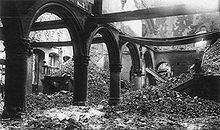
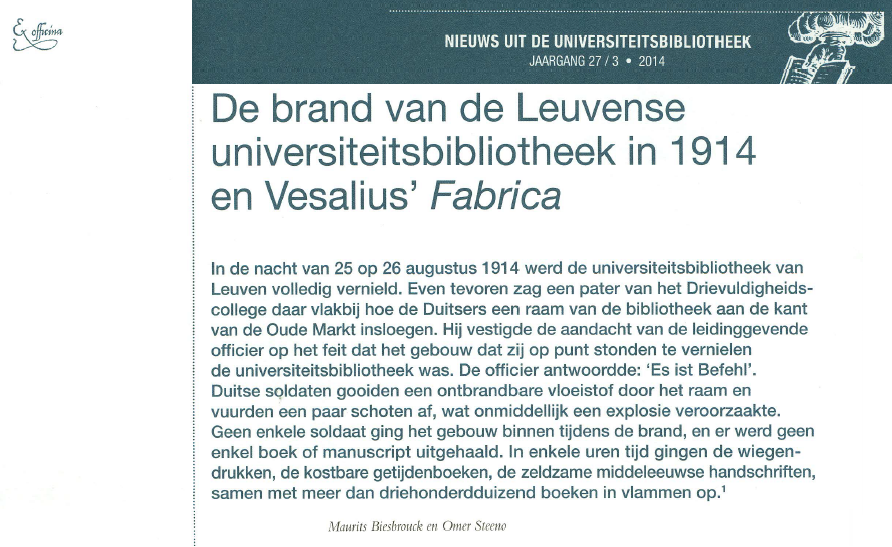


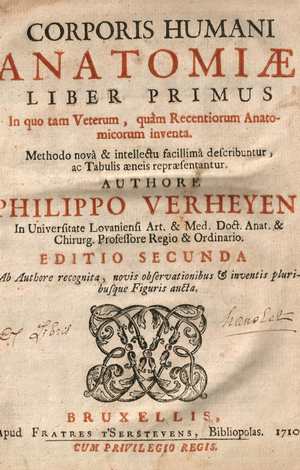


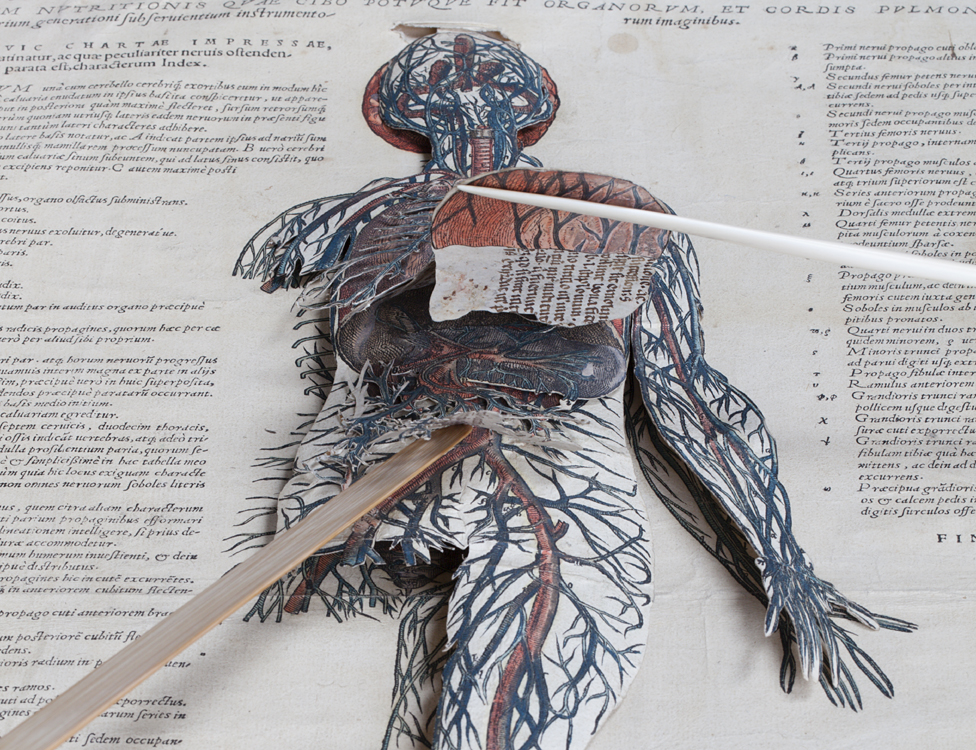
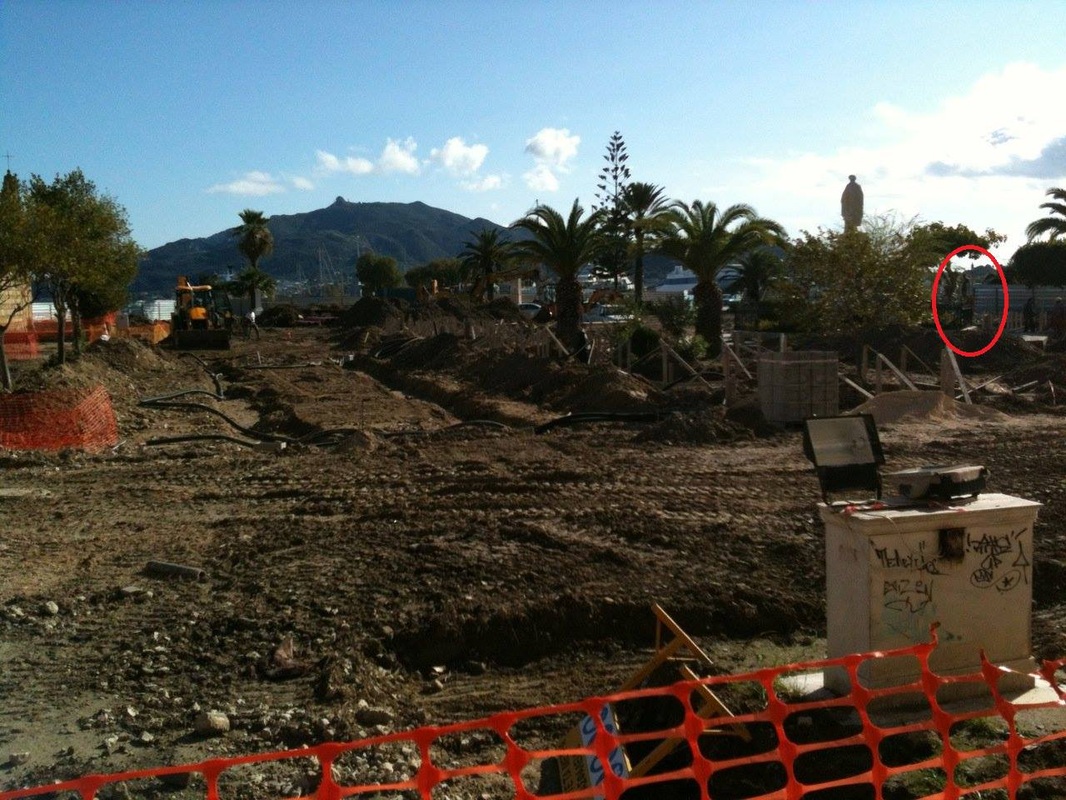
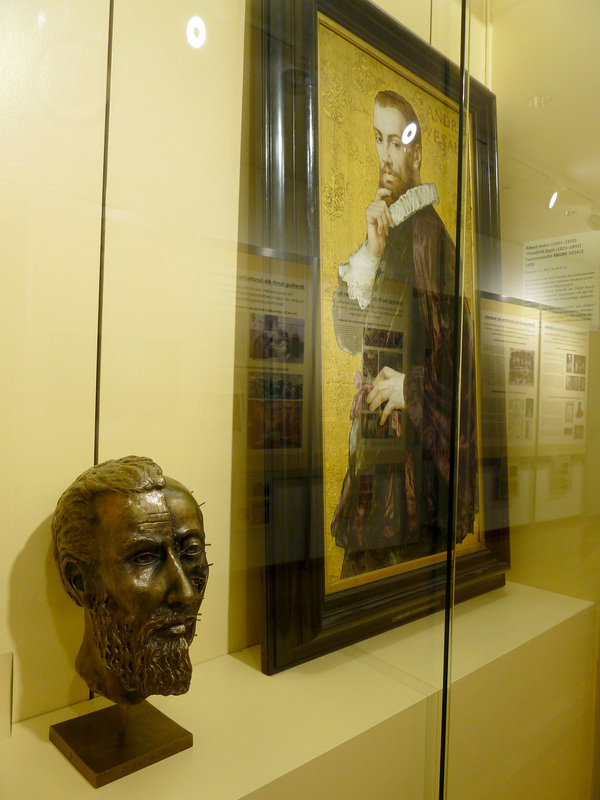
 RSS Feed
RSS Feed
